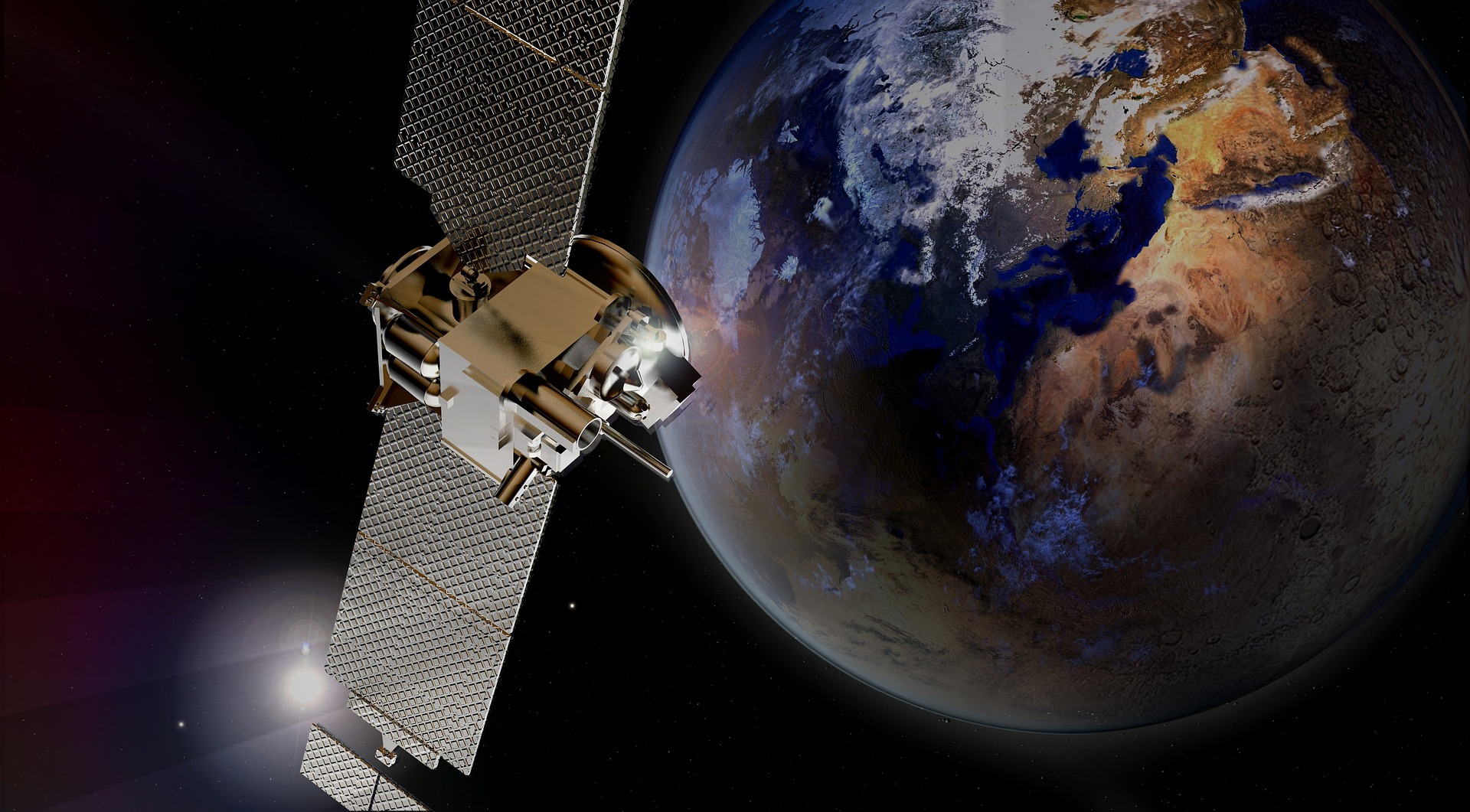The Future of Satellite Internet Constellations: Advancing Global Connectivity
In today's interconnected world, satellite internet constellations are poised to revolutionize global connectivity. Read below to explore how these advanced networks are shaping the future of internet access worldwide.
Understanding Satellite Internet Constellations
Satellite internet constellations involve networks of hundreds or even thousands of small satellites orbiting the Earth at low altitudes. Unlike traditional geostationary satellites, these constellations promise lower latency and greater bandwidth, making them ideal for delivering high-speed internet to remote and underserved areas.
Benefits of Satellite Internet Constellations
- Global Coverage: Constellations like Starlink and OneWeb aim to provide global coverage, bridging the digital divide by reaching remote regions where traditional terrestrial infrastructure is impractical.
- Low Latency: Lower orbit satellites reduce signal travel time, resulting in lower latency compared to geostationary satellites. This makes satellite internet suitable for real-time applications like online gaming and video conferencing.
- Scalability: Constellations can scale their capacity by launching additional satellites, ensuring they can meet growing demand for internet connectivity worldwide.
Challenges in Deploying Satellite Constellations
While promising, satellite constellations face several challenges: - Cost: Deploying and maintaining large constellations is capital-intensive, requiring significant investment in satellite manufacturing, launch services, and ground infrastructure. - Regulatory Hurdles: Securing regulatory approvals across multiple countries for satellite deployment and spectrum use can be complex and time-consuming. - Space Debris Concerns: Increasing the number of satellites in low Earth orbit raises concerns about space debris and collision risks, necessitating responsible space traffic management.
Impact on Global Connectivity
Satellite internet constellations have the potential to reshape global connectivity dynamics: - Rural Connectivity: They can provide high-speed internet to rural and remote areas where terrestrial broadband infrastructure is lacking or economically unfeasible. - Emergency Response: During natural disasters or emergencies, satellite constellations can quickly restore communication networks, facilitating disaster response and relief efforts. - Maritime and Aviation Connectivity: Satellite internet can enhance connectivity for ships at sea and aircraft in flight, enabling seamless internet access even in remote oceanic or airspace regions.
Future Innovations and Expansion
Looking ahead, advancements in satellite technology and constellation deployments are expected to: - Improve Performance: Enhance network capacity, reduce latency further, and increase reliability through continuous innovation in satellite design and ground infrastructure. - Expand Applications: Support emerging technologies like IoT (Internet of Things), smart agriculture, and autonomous vehicles that require ubiquitous and reliable internet connectivity.
Conclusion
Satellite internet constellations represent a promising frontier in advancing global connectivity, offering unprecedented opportunities for bridging digital divides and enhancing internet access worldwide. As these networks evolve and expand, they hold the potential to revolutionize how we connect, communicate, and innovate in the digital age.





